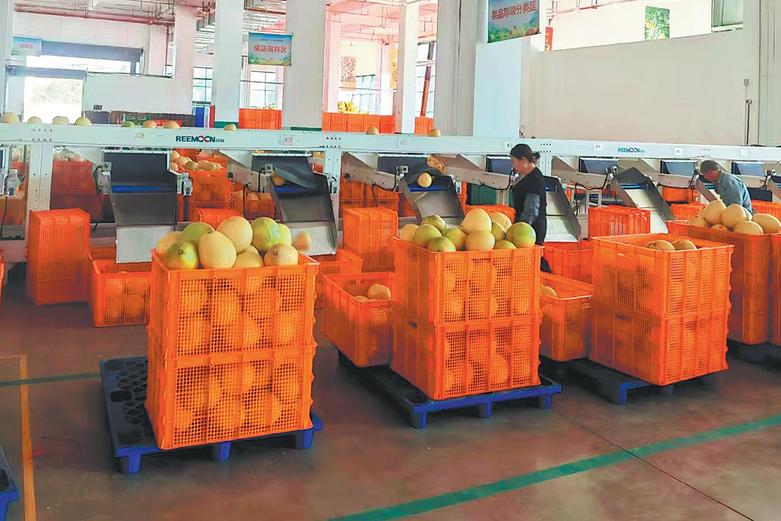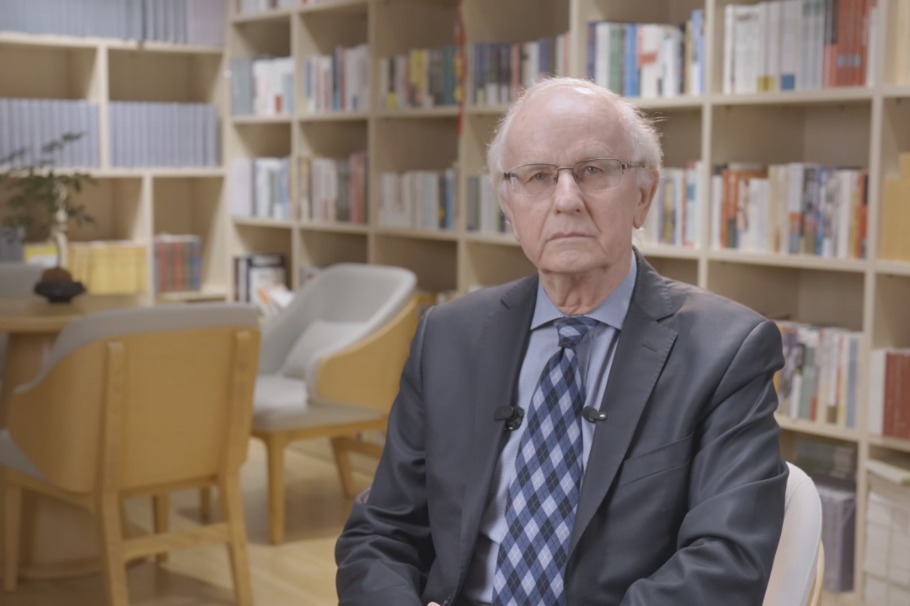China's western metropolis preserves, reuses WWII shelters

CHONGQING -- Just after dawn, Luo Mingliang puts the last bundle of celtuce into a bamboo basket and sets off from his home in Shichuan, a quiet town nestled in the hills of Southwest China's Chongqing municipality.
Two hours and two subway transfers later, he arrives at his stall, which is tucked inside the cool, dim belly of Hongtudi Station, a former World War II air-raid shelter that has been transformed into one of Chongqing's most vibrant and unconventional markets.
"These tunnels stay cool in summer and warm in winter," Luo said with a grin, standing behind crates already half-empty. "I earn over 500 yuan (about $70) a day here. My vegetables sell out within an hour."
The market is part of Chongqing's "shelter plus" initiative, an effort to revive the city's wartime relics by weaving them into the fabric of modern life.
In May 2024, local authorities converted this 700-square-meter shelter into a rent-free market for small-scale farmers and vendors, upgrading the space with lighting, ventilation and polished concrete floors.
"Zero fees. No rent, no cleaning charges," said Zuo Le, who manages the underground city project. "What was once a forgotten bunker is now a lively hub for the community."
Hongtudi is one of thousands of bomb shelters dug into Chongqing's rocky hillsides during the Japanese military's indiscriminate bombing of the city from 1938 to 1944.
By 1942, the city had more than 1,600 shelters, enough to protect nearly the entire population, according to historical archives.
While the flames of war have long been extinguished, many of these shelters are still intact and finding new purpose. They have been turned into bookstores, museums, gas stations, and even hotpot restaurants.
In Jiulongpo District, a bookstore winds along the curved stone walls of a former shelter, where some 12,000 timeworn books line the cavernous space. Visitors pose for photos with vintage street signs, capturing a piece of the city's layered past.
"These books, all related to Chongqing, and the shelter itself both carry the city's memory. Together, they give history a soul," said Gou Jun, owner of the bookstore.
What began as a 40-square-meter space has expanded into a 400-square-meter cultural landmark, drawing hundreds of visitors daily and reviving nearby businesses.
With a myriad of tall buildings on its wavy terrain and some architectural marvels, such as the world's longest horizontal building that stretches 300 meters atop four skyscrapers and the iconic light rail train sliding into an apartment building, Chongqing has emerged as a must-visit destination for many tourists.
The city's consumer and cultural tourism markets have witnessed rapid growth. In the first five months of this year, Chongqing's total retail sales of consumer goods reached 680.36 billion yuan, up 4.7 percent year on year. Last year, it recorded 1.28 million inbound tourist arrivals, marking a surge of 183.6 percent year on year.
Yet amid the innovation, echoes of the past are never far away.
This year marks the 80th anniversary of the victory in the Chinese People's War of Resistance against Japanese Aggression and the World Anti-Fascist War. "More than 80 years ago, these shelters protected local residents when their lives were in danger," said Luo Zibai, an expert with China Tourism Academy. "Now, they continue to serve the city in new ways, while standing as a lasting reminder for people to cherish peace."
- Intl students showcasing global business acumen in Shanghai
- CPC expels former senior official of Guangxi
- Shanghai university unveils sustainable, efficient water treatment system
- Fire at auto business park in Jiangsu claims one life
- Magnitude 6.0 earthquake strikes Akqi county in Xinjiang
- Shenzhou XXI team to carry out first spacewalk





































